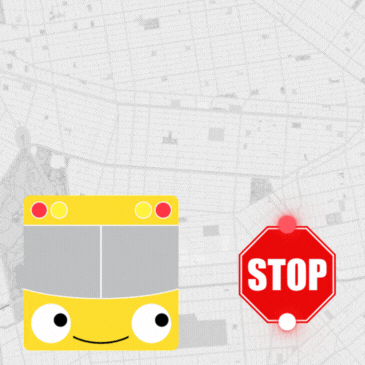
Women and Girls Bond, Baking Challah at Chabad
CHERRY HILL, NJ — At first glance, it looked like organized mayhem. In a downstairs room of the Chabad Lubavitch on Kresson Road in Cherry Hill, about three dozen girls and women of all ages were standing in plastic aprons at several long tables, with mountains of ingredients heaped in front of them.
From the front of the room, a petite woman was issuing instructions with authority. Dinie Mangel, the wife of Chabad rabbi Mendel Mangel, was explaining patiently but emphatically how to create challah, the bread of the Jewish Sabbath, to this assemblage of women. It was no small feat.
“Do we mix now?”
“Is this actually a tablespoon of yeast — it looks like too much?”
“Should I add the flour slowly?”
The unflappable rebbitzen (rabbi’s wife) answered each question, determined to keep the learning curve steady and calm.
The recent evening session, aptly named “Loaves of Love,” was designed to demystify the making of challah for several reasons, the most important of which was the special bread’s place in the lives of Jewish women. The Chabad is dedicated to enriching and enhancing Jewish tradition at all levels of observance.
Making challah is regarded as a “mitzvah,” or blessing, entrusted especially to Jewish women. The ritual of making it is based on the deep belief that sustenance comes from God’s hand, and that the first and best portion of challah is always given to others as charity. In doing that, the giver also is believed to be blessed.
But challah-making is not a simple process. And that was clear as some of the learners struggled to get it right.
Susan Nathan and her 16-year-old daughter, Ilana, worked together diligently. “This is fun — but it’s also hard,” said Ilana, expressing what others also seemed to feel.
Linda Schwartz of Newtown Square, Pa., had come some distance to have the experience with her adult daughter, Elena Davis, of Cherry Hill. “We love being together,” said Schwartz, “and this is definitely a unique way to do that.”
For Laurie Grossman, a guidance counselor and mother of four, the evening spent learning to make these Loaves of Love was both challenging and exciting. “I’ve never done this before, and I’m definitely learning! I’m loving it!”
And so it went as women and girls, including mothers and daughters like Michal Kless of Voorhees, and 9-year-old Inba Kless, stood side by side working on their challah. A native of Israel, Michal Kless confided that most Israelis resort to using technology to make their challahs.
“The processor does the hard work,” she explained. “But this old-fashioned way is a good thing to remember.”
For most of the women, the kneading of the dough was the toughest part of the process. For others, it was the ultimate braiding of the dough that was daunting.
But throughout about an hour of learning and doing, nobody was complaining.
“I think these women realize that tonight, right here, they’re part of an ancient tradition, and that’s quite meaningful,” said Dinie Mangel as her hands flew expertly over her own loaves.
The fine art of making challah, the women who were novices learned, is a multistep procedure that begins with activating the yeast with warm, not hot water, and involves many steps along the way.
After waiting for the yeast to activate, oil, eggs and most of the prescribed flour are added, along with salt. Mixing and kneading follows, the mixing either with a strong spoon or one’s hands. Then the dough must rise for about 45 minutes, when it is “punched down” and (optionally) braided. Both processes are best observed before being attempted, suggested the rebbitzen as she moved from group to group, offering pointers.
And all around the room were shouts of triumph, and occasional groans of frustration, as participants, including many first-timers, realized that this is no instant, pop-it-in-the-oven event.
For Jennifer Lieberman of Cherry Hill, it was well worth the effort. “I’m really enjoying the whole experience, including just spending time with women friends,” she said. “We’re all so busy and this is a wonderful way to spend time — and to learn — together.”
Marilyn Pugach, also of Cherry Hill, already was planning to make challah for her 2-year-old grandson Simon. “Doing this makes me really feel like a grandmother — and I love that feeling!”
Soon, the wonderful smell of challah, some straight from the oven after earlier prepreparation, was wafting through the air. And each participant would be taking two challahs home — one for herself, one as the traditional offering to someone else.
“In our heritage, the Jewish woman is the mainstay of the home and family,” Dinie Mangel explained in a brief discussion that followed the challah-making.
And what did she hope that participants had learned in the Loaves of Love project?
“That women are fortunate indeed to create bread for their own table and for the tables of others–and as the sages tell us, this mitzvah (of challah making) ”will cause a blessing to rest on your house.’ “















GO MANGELS!!!
u rock!
Making us proud
Go Baily Kahan!!
MENDY AND DINI ROCK!!!!!!!
GO MANGELS!!!!!!! you work so hard!!!!!
your relatives!!!!!
!!!!!!!!
Kol hakavod to the Mangels and Kahans!!!
Cherry hill is amazing!!!